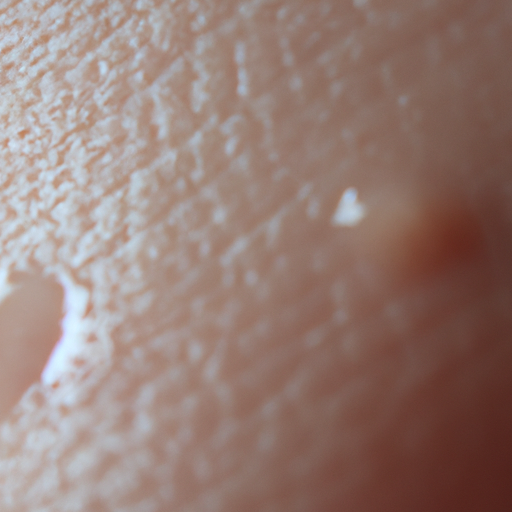As a dermatologist, I often encounter patients who are grappling with the paradox of having both dry and oily skin simultaneously. This skin type, often referred to as combination skin, can be a challenge to manage as it requires a delicate balance of treatments to address both issues without exacerbating one or the other. However, with the right skincare routine and products, it is possible to achieve healthy, balanced skin.
Combination skin is characterized by an oily T-zone (the forehead, nose, and chin) and dry or normal skin on the rest of the face. This condition is primarily due to genetic factors, but environmental factors such as climate and pollution, hormonal changes, and the use of inappropriate skincare products can also contribute.
The first step in tackling this paradox is understanding that each area requires different care. The oily areas have overactive sebaceous glands producing excess sebum, leading to clogged pores and breakouts. On the other hand, the dry areas lack enough sebum, leading to flaky, dull, and sensitive skin.
A gentle cleanser is a must for combination skin. It should be effective enough to remove excess oil from the T-zone without stripping the skin of its natural oils. Avoid cleansers with harsh ingredients like alcohol and sulfates as they can cause dryness and irritation.
Exfoliation is another crucial step in managing combination skin. It helps remove dead skin cells that can clog pores and lead to breakouts. However, it’s important to use a gentle exfoliant and limit this practice to once or twice a week to avoid over-exfoliating, which can lead to dryness and irritation.
Moisturizing is a non-negotiable step in any skincare routine, especially for combination skin. The trick is to find a moisturizer that can hydrate the dry areas without making the oily areas greasier. Look for lightweight, non-comedogenic moisturizers that won’t clog pores. You may also consider using two different moisturizers – a gel-based one for the oily areas and a creamier one for the dry areas.
Sun protection is another essential step in your skincare routine. Sun damage can exacerbate both oiliness and dryness, leading to premature aging and other skin issues. Opt for a broad-spectrum sunscreen with an SPF of at least 30 and reapply it every two hours when you’re outdoors.
In addition to these steps, it’s important to maintain a healthy lifestyle. Eating a balanced diet rich in fruits, vegetables, lean proteins, and healthy fats can help regulate sebum production. Regular exercise can also help by improving blood circulation and promoting healthy skin.
Lastly, don’t hesitate to seek professional help if you’re struggling with managing your combination skin. A dermatologist can provide personalized advice based on your unique skin type and concerns.
In conclusion, managing combination skin may seem like a daunting task, but with the right approach, it’s entirely possible to achieve balanced, healthy skin. Remember that skincare is not one-size-fits-all, and what works for someone else may not work for you. It’s all about understanding your skin’s unique needs and addressing them appropriately. With patience and consistency, you can unmask the solution to the paradox of dry and oily skin.



